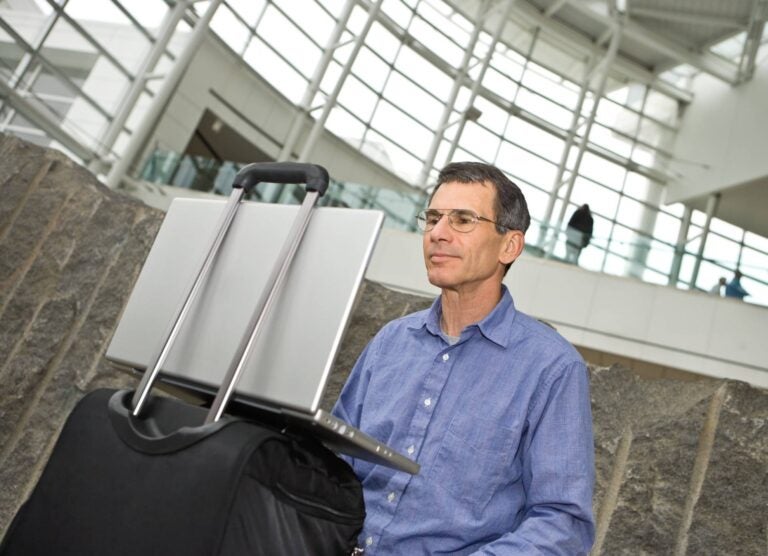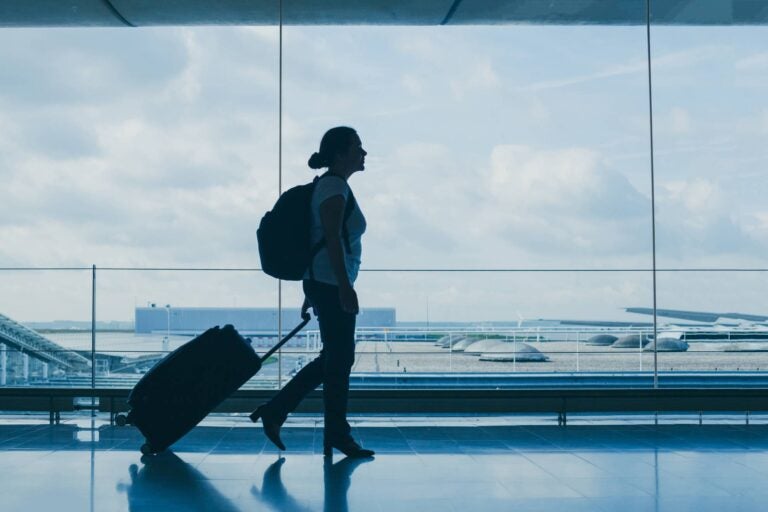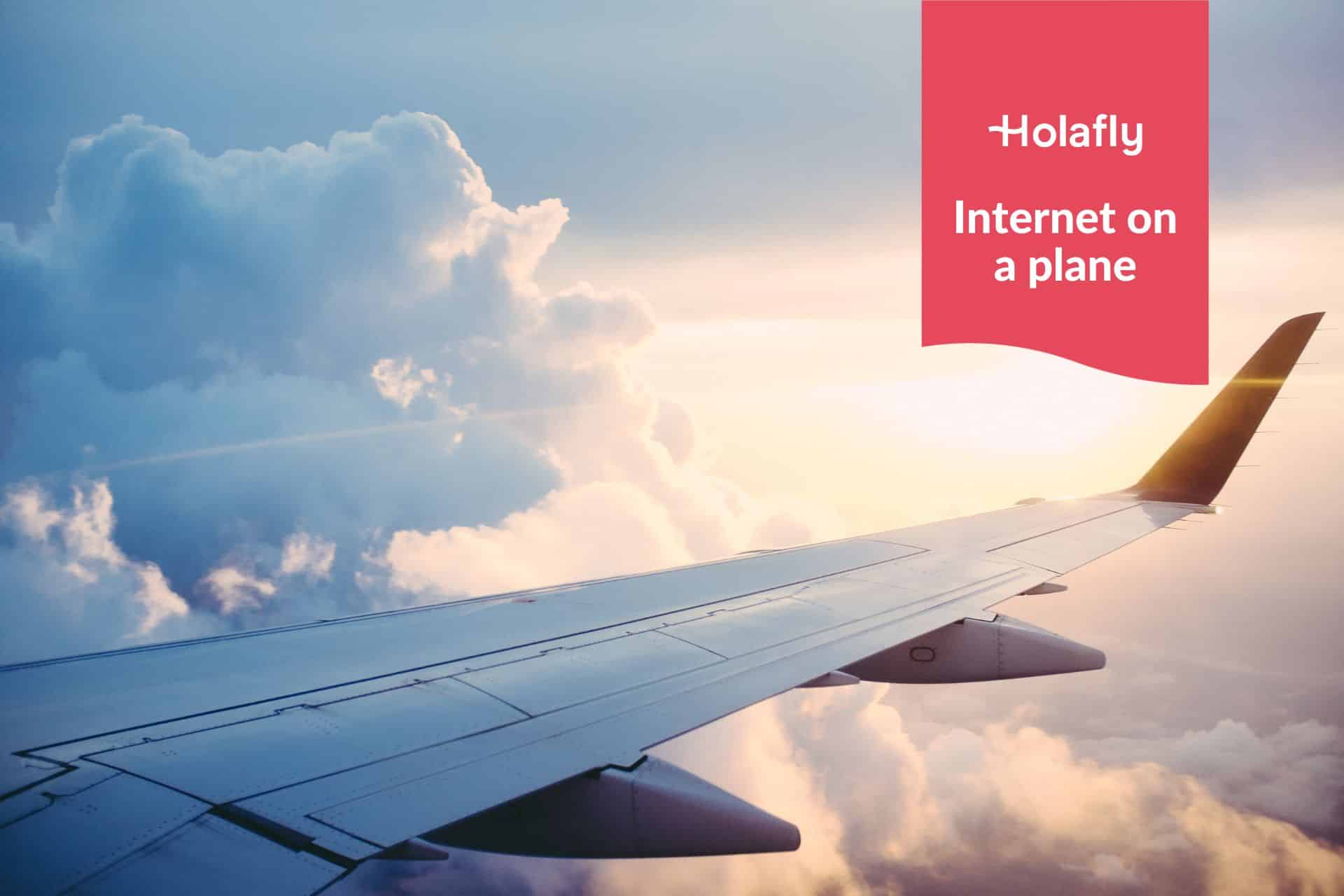What is a layover flight? A short guide
Learn what a layover flight means, and how it differs from a stopover. Plus, discover ways to pass the time and stay connected during your travel break.
Did you know that over 500,000 people transit through Singapore Changi Airport every year? These passengers are all on a layover flight, where connecting flights are separated by a short break and a change in aircraft.
In this guide, we go deeper into the question: “what is a layover flight?” We also outline the different types of layovers, compare a layover flight with a stopover flight, and show you how to stay online during your journey even if you touch down in multiple destinations.
What is a layover?
A layover is a break between two connecting flights. In turn, a layover flight is a complete journey that includes a stop at an airport before you reach your final destination.
Layovers are common for long journeys, or when there are no direct flights between two destinations. A layover can happen if both your flights are with the same airline, or if each flight is operated by a different airline.
During these breaks, you’ll change planes, but won’t have to look for your luggage, as this is sent directly to your next flight while you’re directed to the connecting flights area of the airport.
Layovers can last anywhere from 30 minutes to 24 hours. In most cases, you can stay in the airport waiting before you hop on your next flight. As long as you stay in the transit area, you won’t have to go through customs again.

However, if you have a six-hour layover and want to explore a nearby attraction, you must exit the airport and arrive through customs once again. This also happens if you have separate tickets instead of one layover flight booking, so remember this before making any travel plans.
You can also consider a layover flight as a connection flight, and these are included in the final ticket pricing.
What is a stopover flight?
A stopover flights are the same as layovers, but with a longer break. Usually, a stopover lasts 24 hours or longer.
With a stopover flight, you can take your luggage, book a hotel, and look for nearby attractions before their next flight.Stopover flights are a great option to squeeze in an extra day trip before reaching your final destination.
Stopover flights are usually more expensive because they aren’t included in the same flight ticket as layovers. They also mean you’ll have to exit customs and re-enter the airport in time for your next flight.
Stopover vs. layover: What are the main differences?
In its simplest form, anything longer than a day is considered a stopover, while a layover lasts less than a day.
However, there are some additional differences:
| Layover | Stopover |
|---|---|
| Typical duration of 30 minutes – 24 hours | Typical duration of 24 hours + |
| One booking ticket for multiple journeys | Multiple single-ticket journeys |
| Can use the airport transit area | Must exit and re-enter through customs |
| Baggage sent directly to next flight | Baggage must be collected |
What can you do during flight layovers?
While you may not have time to leave the airport, your layover doesn’t have to be spent staring at the departure gate. Here are some ways to make the most of your next flight layover:
- Explore the airport: Most international airports are worth walking around. You’ll find plenty of restaurants and coffee shops to eat and stay hydrated or places to buy a small gift back home. In some cases, like Denver Airport, you can even find statues or art exhibitions.
- Rest: Arrived at 10:00 PM, and your connecting flight is at 9:00 AM? An overnight layover means you can find an airport lodge to spend the night sleeping in a comfy bed and eating before your next flight. But, you’d need to leave customs in that case.
- Work: Are you a digital nomad on the road? You can work on pending tasks before your flight. You may be tempted to use the airport WiFi, but these public services can be insecure. One internet safety tip is to rely on your own mobile data and use an eSIM.
- Make the most of your downtime: Layovers can be a break from the pace of day-to-day life. Try reading a new book, downloading new music on Spotify, buying a game to play on your phone or laptop, or even watching your favourite sports team play.

Read our flight delay research to learn about the best and worst delays over holidays.
Types of layover flights
There are different forms of layover flights depending on where you’re flying to. Here’s a quick breakdown for each one:
- International layovers: These are the middle points from your final destination. You might need to go through immigration if the country rules require you to, but this depends on the layover location.
- Domestic layovers: These happen when there are no direct flights from one city to another. As these are local flights, there is no need to go through customs.
- Self-transfer layovers: Some layovers can arrive and depart from different airports, especially when in a bigger city. These will require a self-transfer, where you’ll need to pick up your baggage, find a route to the second airport, and repeat the customs process.

Things to consider when booking layover flights
A layover might sound like a good idea to avoid long-haul flights, but here are some things you have to consider. Here are some top tips for long flights with layovers
- Visa requirements: Even though most layover flights don’t require you to go through customs, double-check you won’t need a visa to transit. If you’re leaving the airport, this is a must to avoid any inconvenience.
- Waiting time: Check for enough time to reach the plane for your next destination. A layover of just 15 minutes won’t be enough, as some international airports are large and small delays are common.
- Flight policies: Check if your connecting flight has the same rules as the previous one. This includes your baggage, food, and other in-flight amenities.
- Check the info for your trip: Since you’ll be changing planes, look for information about your flight on any of the information screens in the airport.
Stay connected during your flights with Holafly
Have a layover flight and unsure how to stay connected during your short stop? Holafly has you covered with an eSIM for over 200 destinations.
Whether you need a travel eSIM for a single destination or a region, Holafly has plans start at $6.90 and can cost as little as $1.55/day for unlimited data.
With a Holafly eSIM, you’ll get 24/7 customer support, up to 1 GB of data sharing, up to 5G connectivity when available, and a mobile app to manage your eSIM
Need a more complete option because you’re working or studying abroad? Go for Holafly Connect. With a monthly cost of $64.90, you’ll get the following benefits:
- Up to 5G connectivity in over 170 destinations
- Unlimited data sharing
- No need to switch eSIMs
- 24/7 customer support





 Language
Language 


















 No results found
No results found














